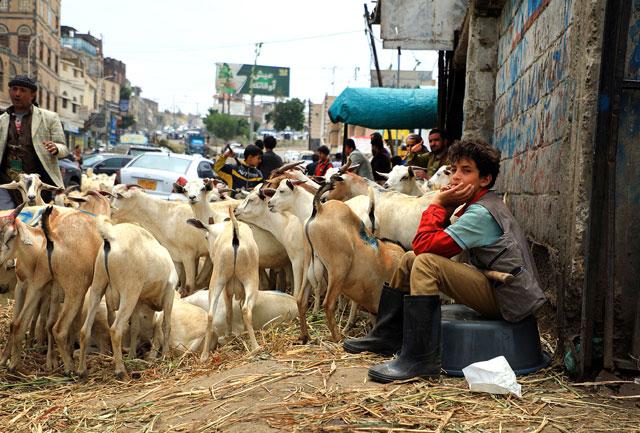- International News
- Thu-2020-07-23 | 05:54 pm

The report, which covers only the southern parts of Yemen, forecasts that the number of people "facing high levels of acute food insecurity" will increase from two million in February-April this year to 3.2 million in July-December.
That represents 40 per cent of the population in 133 districts in southern Yemen covered by the study, up from 25 per cent.
Economic shocks, conflict, floods, desert locusts and now the novel coronavirus were creating a perfect storm for the expected sharp rise in food insecurity, the report said.
The World Food Programme, the Food and Agriculture Organization of the United Nations (FAO), the United Nations Children's Fund (UNICEF) and other partners who prepared the report called the increase "alarming".
Laurent Bukera, WFP country director in Yemen, said that "Yemen is facing a crisis on multiple fronts".
"We must act now... The warning signs have returned and with coronavirus pandemic added to the mix, it could get a lot worse if humanitarian action is delayed,” he warned.
The WFP has previously said that despite humanitarian assistance, over 20 million people all over Yemen are food insecure, including nearly 10 million who are facing acute food shortages.
The population of Yemen is around 27 million.
The UN has called the situation in Yemen the world’s worst humanitarian crisis.
Tens of thousands have been killed and millions displaced since Houthi rebels took over the capital Sanaa and other territory in 2014.
The war escalated in March the following year, when a Saudi-led military coalition intervened against the insurgents.













